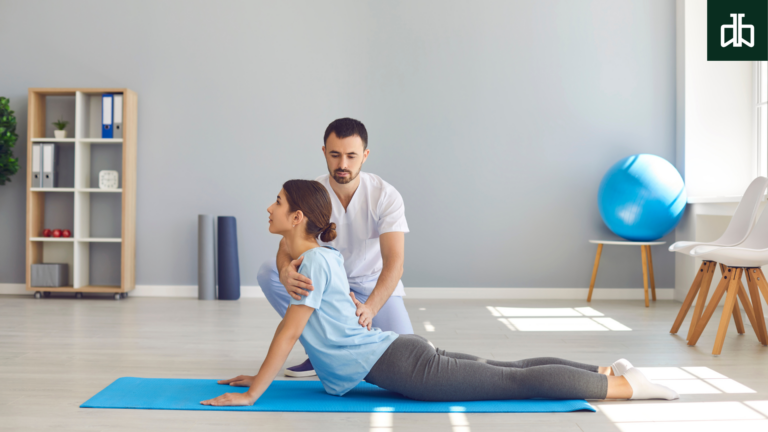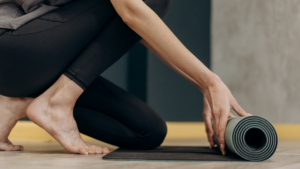Spine flexibility is a vital component of overall health and well-being. A supple and flexible spine not only helps prevent injuries but also supports proper posture and reduces the risk of chronic pain. In this article, we will explore effective strategies to increase spine flexibility, promoting a more agile and resilient back.
Incorporate Stretching Exercises:
Stretching is a fundamental way to enhance spine flexibility. Include exercises that specifically target the back, such as the cat-cow stretch, child’s pose, and the cobra pose. These stretches help elongate and release tension in the spine, promoting flexibility over time.
Practice Yoga:
Yoga is renowned for its ability to improve flexibility and mobility. Poses like the downward-facing dog, forward fold, and spinal twists gently work on the spine, enhancing flexibility and promoting a greater range of motion. Regular yoga practice can contribute significantly to overall spine health.
Engage in Pilates:
Pilates focuses on strengthening the core muscles, including those that support the spine. Many Pilates exercises involve controlled movements that enhance spinal flexibility. Incorporating Pilates into your fitness routine can lead to increased strength and flexibility in the back.
Dynamic Warm-up Exercises:
Before engaging in more intense physical activities, incorporate dynamic warm-up exercises. Activities such as trunk rotations, hip circles, and side bends prepare the spine for movement, reducing the risk of injury and promoting flexibility.
Foam Rolling:
Use a foam roller to release tension in the muscles surrounding the spine. Gently roll along the upper, middle, and lower back to alleviate tightness and promote flexibility. Foam rolling can be particularly beneficial for individuals with muscle knots or trigger points.
Stay Hydrated:
Proper hydration is essential for maintaining the elasticity of spinal discs. Dehydration can contribute to stiffness and reduced flexibility. Ensure you drink an adequate amount of water throughout the day to support the health of your spinal discs.
Mindful Breathing and Relaxation Techniques:
Incorporate deep breathing exercises and relaxation techniques into your routine. Stress and tension can contribute to stiffness in the spine. By practicing mindfulness and relaxation, you can release tension, promoting a more flexible and supple back.
Maintain a Healthy Weight:
Excess body weight can put additional strain on the spine, leading to stiffness and reduced flexibility. Maintaining a healthy weight through a balanced diet and regular exercise can contribute to a more flexible and agile spine.
Gradual Progression:
When incorporating new exercises into your routine, progress gradually. Overexertion or improper form can lead to injuries. Start with gentle stretches and gradually increase the intensity and duration as your flexibility improves.
Professional Guidance:
Consider seeking guidance from a fitness professional, physical therapist, or chiropractor. They can assess your current level of flexibility, provide personalized recommendations, and guide you through exercises tailored to your needs.
Increasing spine flexibility is a holistic endeavor that involves a combination of targeted exercises, mindful practices, and lifestyle choices. By incorporating these strategies into your daily routine, you can cultivate a more flexible and resilient spine, reducing the risk of discomfort and enhancing overall well-being. Remember to listen to your body, progress at your own pace, and consult with healthcare professionals if you have any pre-existing conditions or concerns. Embrace the journey towards a more flexible and mobile spine for a healthier, happier you.
Source Credits:
Also Read:






